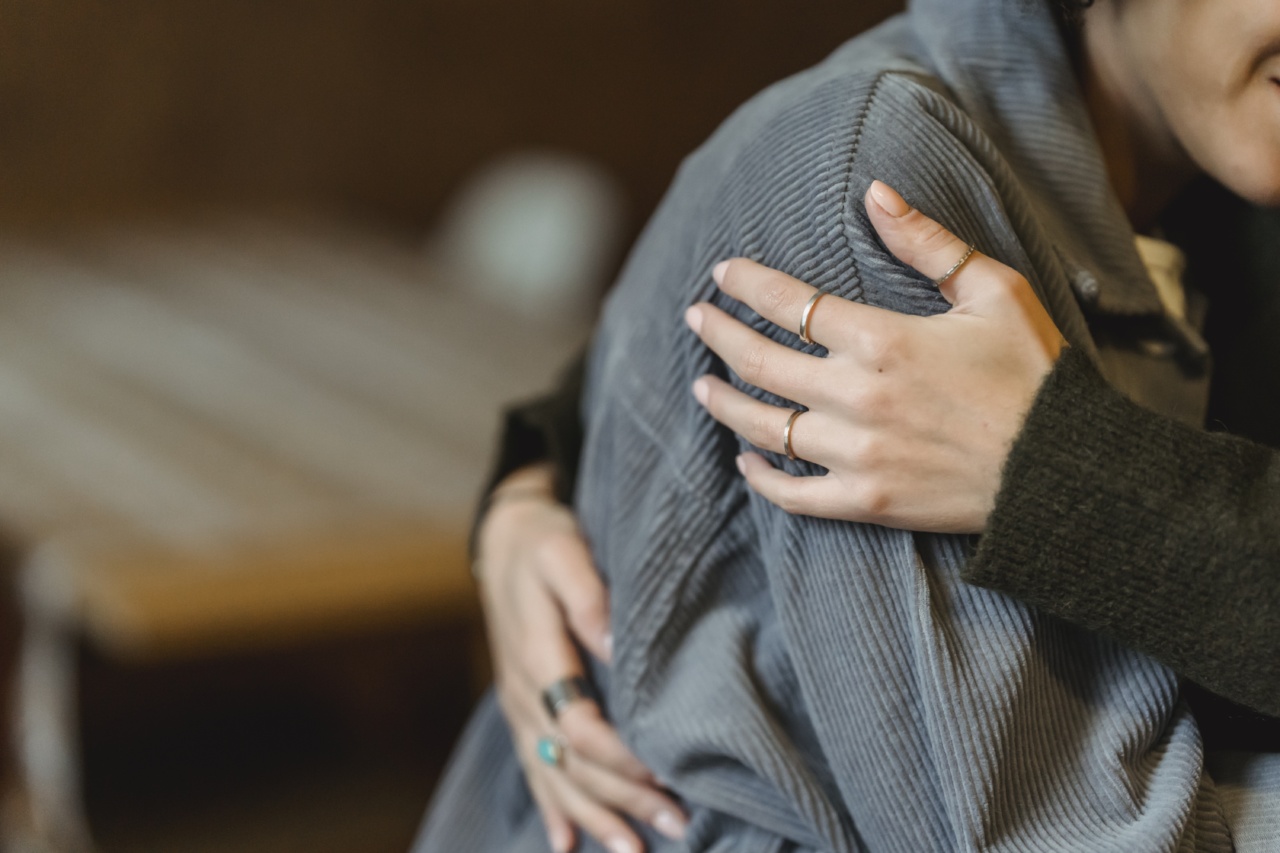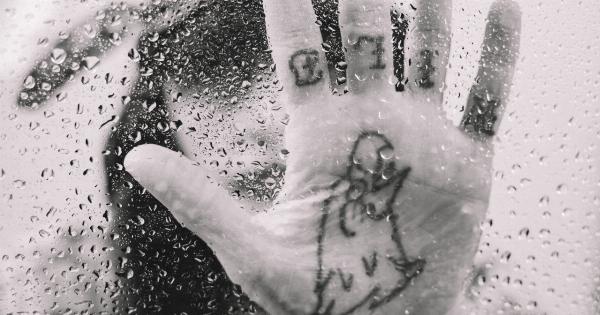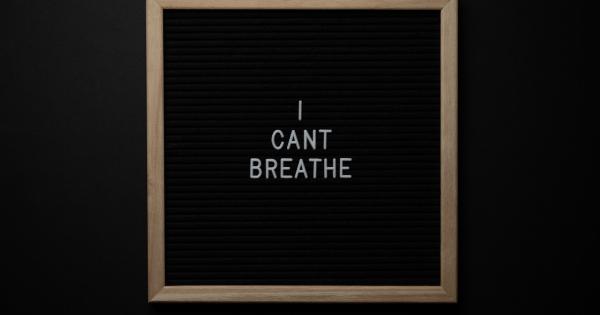Sadness is a common emotion that everyone experiences from time to time. It is a normal reaction to certain events or situations, such as the loss of a loved one or a difficult breakup.
However, sometimes sadness can evolve into something more serious and long-lasting, known as depression. While it can be challenging to differentiate between regular sadness and depression, there are certain symptoms that can help distinguish the two.
1. Duration
One of the key differences between sadness and depression is the duration of the emotional state. Sadness usually lasts for a short period of time, often days or weeks, and is related to a specific event or circumstance.
On the other hand, depression is persistent and can last for months or even years, without necessarily being triggered by a specific event.
2. Intensity
Depression is typically more intense than regular sadness.
While sadness may cause temporary feelings of unhappiness, depression often involves feelings of hopelessness, worthlessness, and an overall lack of interest or pleasure in activities that were previously enjoyed. These intense emotions can significantly impact a person’s daily life and functioning.
3. Physical Symptoms
While sadness may lead to a general sense of low energy, depression often manifests with more pronounced physical symptoms.
These can include changes in appetite and weight, sleep disturbances (such as insomnia or excessive sleep), and persistent physical ailments such as headaches or stomachaches. These physical symptoms are not commonly associated with regular sadness.
4. Thoughts of Self-Harm
If someone is experiencing regular sadness, it is unlikely that they would have persistent thoughts of self-harm or suicidal ideation. These thoughts are more commonly associated with depression and should be taken seriously.
If you or someone you know is having thoughts of self-harm or suicide, it is important to seek help immediately.
5. Social Withdrawal
While both sadness and depression can lead to a desire for solitude, depression often involves significant social withdrawal.
People experiencing depression may isolate themselves from friends and family, avoid social gatherings, and have difficulty forming or maintaining relationships. This withdrawal is more severe and prolonged than what may be experienced during regular sadness.
6. Impact on Daily Life
Regular sadness may temporarily affect a person’s mood and energy levels, but it typically does not interfere with daily life responsibilities.
Depression, on the other hand, often causes significant disruptions in various areas of life, such as work, school, relationships, and personal hygiene. These disruptions are not commonly observed during regular sadness.
7. Recurrence
Regular sadness is often tied to specific events or circumstances and may be relieved once the individual processes their emotions. However, depression can recur even without any obvious triggers.
It can manifest as multiple episodes throughout a person’s life, often with increasing severity and frequency.
8. Cognitive Symptoms
Depression can also impact an individual’s cognitive functioning. This can include difficulties in concentration, memory problems, and indecisiveness.
Regular sadness typically does not significantly affect cognitive abilities and is more limited to emotional experiences.
9. Physical Pain
It is not uncommon for individuals with depression to experience unexplained physical pain. This pain is often unrelated to any specific injury or illness but can manifest as headaches, backaches, or general body aches.
Regular sadness does not typically result in such physical symptoms.
10. Lack of Response to Positive Events
During regular sadness, individuals are still capable of experiencing moments of happiness or joy when presented with positive events or activities.
In contrast, individuals with depression often have a diminished ability to feel pleasure or take pleasure in activities they once enjoyed. The lack of response to positive events is a significant distinguishing factor between regular sadness and depression.





























